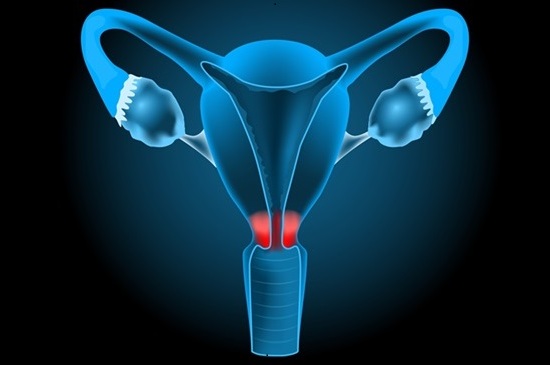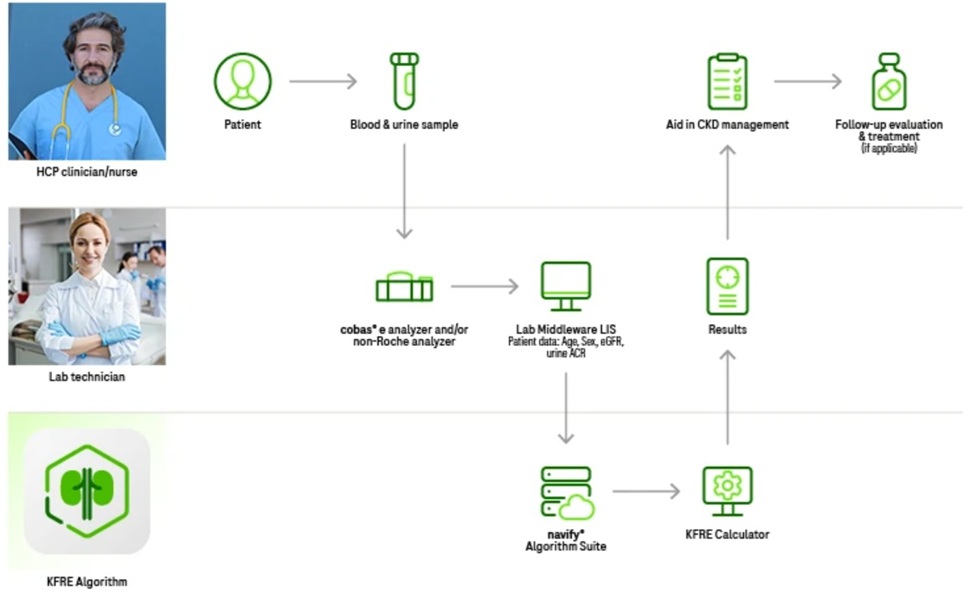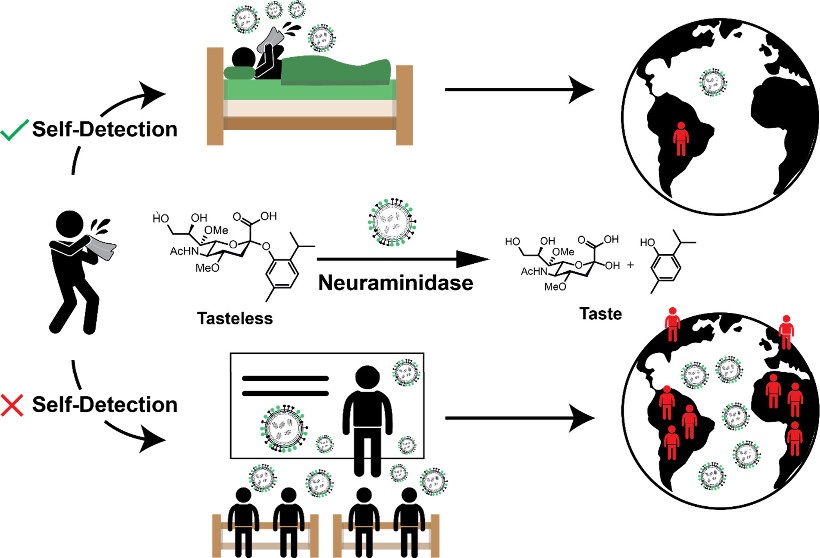Global Digital Polymerase Chain Reaction (dPCR) Market Projected to Reach Close to USD 1.15 Billion by 2028
|
By LabMedica International staff writers Posted on 17 Sep 2021 |
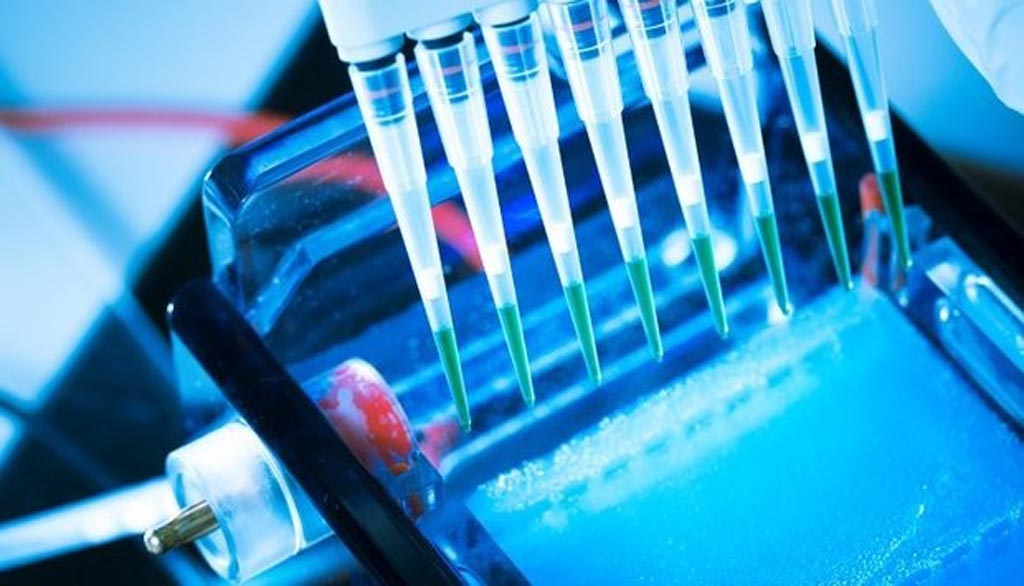
Illustration
The global digital polymerase chain reaction (dPCR) market is projected to grow at a CAGR of more than 9% from over USD 0.50 billion in 2020 to nearly USD 1.15 billion by 2028, driven primarily by rising infectious diseases, technological developments, as well as increased knowledge and acceptance of tailored treatments.
These are the latest findings of Valuates Reports (Karnataka, India), a market research company.
dPCR is a laboratory technique for making multiple copies of a specific piece of DNA from a sample with very small amounts of DNA. These fragments of DNA can be amplified and detected using PCR. It also provides for precise and sensitive nucleic acid measurement. It's also employed for absolute quantification and minority sequence analysis. The rise in the incidence of infectious diseases, as well as increased knowledge and acceptance of tailored treatments, are driving the expansion of the dPCR market. Furthermore, technological developments as a result of increased funding for R&D activities are likely to drive the dPCR market expansion during the forecast period.
The growth of the digital PCR market is expected to be fueled by the rising prevalence of infectious diseases and genetic disorders. As a result of its increasing use in the diagnosis of major infectious diseases and genetic disorders, the market for genomic analysis tools has gradually expanded over the last decade.
dPCR is more sensitive and clinically useful than real-time fluorogenic quantitative PCR. The typical PCR system is done by several microunits in dPCR, which greatly increases the PCR system's tolerance to inhibitors. Traditional PCR has a sensitivity of up to 1%, whereas dPCR has a sensitivity of up to 0.1%, and in certain cases as low as 0.001%, making it a perfect technique for trace DNA identification, uncommon mutation detection, and notably circulating tumor DNA detection. Furthermore, dPCR has been technologically upgraded to become a more operational and compatible tool, with highly understandable two-dimensional data. These advantages offered by dPCR are expected to drive market growth.
Even when only a small volume of sample is available, dPCR still achieves good accuracy, especially when identifying difficult-to-take samples or samples with the damaged nucleic acid. Clinical samples should be amplified when performing other genomic analyses, such as comparative genomic hybridization (CGH) chip or next-generation sequencing (NGS), to provide a large enough volume, but dPCR can be performed with a small number of samples, yielding reliable results by eliminating the error generating from preamplification. Thus, the ability to produce accurate results even with smaller sample size is increasing the adoption of dPCR, which in turn, is expected to drive market growth.
There have been numerous studies published since the COVID-19 pandemic in favor of dPCR for COVID-19 testing. Due to several variables such as higher sensitivity of ddPCR (Droplet Digital PCR), absence of inhibition from sample types, and simplicity of comprehending the data, there has been a considerable increase in the demand for ddPCR equipment and SARS-CoV-2 kits. Thus, the COVID-19 outbreak is expected to further propel the growth of the dPCR market.
Based on technology, the ddPCR segment dominated the dPCR market in 2020 and will maintain its lead over the forecast period. Its ability to accurately estimate DNA molecules with each drop made the ddPCR technique the leading revenue contributor to the dPCR market in 2020. Furthermore, a crucial component of the ddPCR technology is enormous sample splitting, which has increased its demand. Based on product type, the software & services segment is projected to exhibit the fastest growth during the forecast period, as software helps to improve the efficiency of management of dPCR data. Thus, there has been an increase in the demand for these products, thereby propelling the growth of the dPCR market.
Geographically, North America was the leading revenue contributor to the global dPCR market in 2020 and is expected to maintain its dominant position throughout the forecast period. This can be attributed to the region's well-developed healthcare industry, as well as the existence of prominent molecular diagnostics firms and an increase in the number of patients receiving tailored medicines. However, the Asia-Pacific dPCR market is expected to register the fastest CAGR of almost 14.50% during the forecast period due to an increase in the number of patients suffering from chronic diseases and improvement in healthcare facilities in the region, thereby providing lucrative opportunities for molecular diagnostics players.
Related Links:
Valuates Reports
These are the latest findings of Valuates Reports (Karnataka, India), a market research company.
dPCR is a laboratory technique for making multiple copies of a specific piece of DNA from a sample with very small amounts of DNA. These fragments of DNA can be amplified and detected using PCR. It also provides for precise and sensitive nucleic acid measurement. It's also employed for absolute quantification and minority sequence analysis. The rise in the incidence of infectious diseases, as well as increased knowledge and acceptance of tailored treatments, are driving the expansion of the dPCR market. Furthermore, technological developments as a result of increased funding for R&D activities are likely to drive the dPCR market expansion during the forecast period.
The growth of the digital PCR market is expected to be fueled by the rising prevalence of infectious diseases and genetic disorders. As a result of its increasing use in the diagnosis of major infectious diseases and genetic disorders, the market for genomic analysis tools has gradually expanded over the last decade.
dPCR is more sensitive and clinically useful than real-time fluorogenic quantitative PCR. The typical PCR system is done by several microunits in dPCR, which greatly increases the PCR system's tolerance to inhibitors. Traditional PCR has a sensitivity of up to 1%, whereas dPCR has a sensitivity of up to 0.1%, and in certain cases as low as 0.001%, making it a perfect technique for trace DNA identification, uncommon mutation detection, and notably circulating tumor DNA detection. Furthermore, dPCR has been technologically upgraded to become a more operational and compatible tool, with highly understandable two-dimensional data. These advantages offered by dPCR are expected to drive market growth.
Even when only a small volume of sample is available, dPCR still achieves good accuracy, especially when identifying difficult-to-take samples or samples with the damaged nucleic acid. Clinical samples should be amplified when performing other genomic analyses, such as comparative genomic hybridization (CGH) chip or next-generation sequencing (NGS), to provide a large enough volume, but dPCR can be performed with a small number of samples, yielding reliable results by eliminating the error generating from preamplification. Thus, the ability to produce accurate results even with smaller sample size is increasing the adoption of dPCR, which in turn, is expected to drive market growth.
There have been numerous studies published since the COVID-19 pandemic in favor of dPCR for COVID-19 testing. Due to several variables such as higher sensitivity of ddPCR (Droplet Digital PCR), absence of inhibition from sample types, and simplicity of comprehending the data, there has been a considerable increase in the demand for ddPCR equipment and SARS-CoV-2 kits. Thus, the COVID-19 outbreak is expected to further propel the growth of the dPCR market.
Based on technology, the ddPCR segment dominated the dPCR market in 2020 and will maintain its lead over the forecast period. Its ability to accurately estimate DNA molecules with each drop made the ddPCR technique the leading revenue contributor to the dPCR market in 2020. Furthermore, a crucial component of the ddPCR technology is enormous sample splitting, which has increased its demand. Based on product type, the software & services segment is projected to exhibit the fastest growth during the forecast period, as software helps to improve the efficiency of management of dPCR data. Thus, there has been an increase in the demand for these products, thereby propelling the growth of the dPCR market.
Geographically, North America was the leading revenue contributor to the global dPCR market in 2020 and is expected to maintain its dominant position throughout the forecast period. This can be attributed to the region's well-developed healthcare industry, as well as the existence of prominent molecular diagnostics firms and an increase in the number of patients receiving tailored medicines. However, the Asia-Pacific dPCR market is expected to register the fastest CAGR of almost 14.50% during the forecast period due to an increase in the number of patients suffering from chronic diseases and improvement in healthcare facilities in the region, thereby providing lucrative opportunities for molecular diagnostics players.
Related Links:
Valuates Reports
Latest Industry News
- Advanced Instruments Merged Under Nova Biomedical Name
- Bio-Rad and Biodesix Partner to Develop Droplet Digital PCR High Complexity Assays
- Hologic to be Acquired by Blackstone and TPG
- Bio-Techne and Oxford Nanopore to Accelerate Development of Genetics Portfolio
- Terumo BCT and Hemex Health Collaborate to Improve Access to Testing for Hemoglobin Disorders
- Revvity and Sanofi Collaborate on Program to Revolutionize Early Detection of Type 1 Diabetes
- GSI Group Acquires Blood Processing Equipment Manufacturer GenesisBPS
- ELITech and Hitachi High-Tech to Develop Automated PCR Testing System for Infectious Diseases
- Lumiquick Acquires Aoxre to Expand Global IVD and Research Capabilities
- Lunit and Agilent Partner to Develop AI-Powered Cancer Diagnostics
- Qiagen and Oxford Gene Technology Partner on Sequencing Panel Interpretation
- VedaBio Partners With Mammoth Biosciences to Expand CRISPR-Based Diagnostic Technologies
- Werfen and VolitionRx Partner to Advance Diagnostic Testing for Antiphospholipid Syndrome
- Siemens Healthineers and Carna Health Partner to Advance Kidney Care Innovation
- Vircell Launches New Website for Molecular Control Products
- Tempus AI Acquires Digital Pathology Company Paige
Channels
Clinical Chemistry
view channel
VOCs Show Promise for Early Multi-Cancer Detection
Early cancer detection is critical to improving survival rates, but most current screening methods focus on individual cancer types and often involve invasive procedures. This makes it difficult to identify... Read more
Portable Raman Spectroscopy Offers Cost-Effective Kidney Disease Diagnosis at POC
Kidney disease is typically diagnosed through blood or urine tests, often when patients present with symptoms such as blood in urine, shortness of breath, or weight loss. While these tests are common,... Read moreMolecular Diagnostics
view channel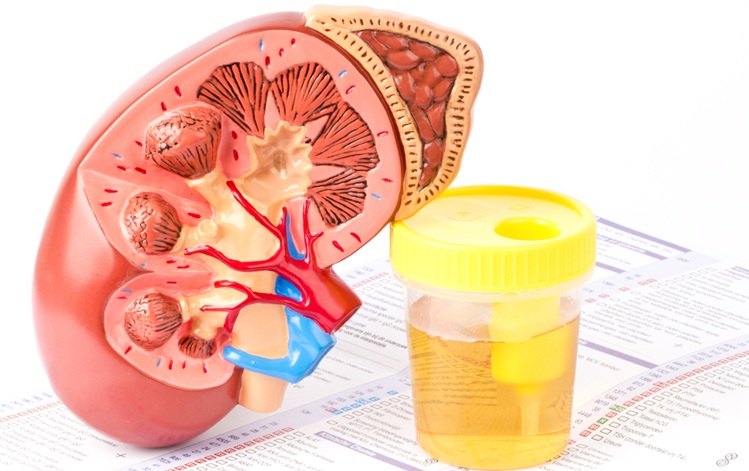
Urine Test Could Replace Painful Kidney Biopsies for Lupus Patients
Lupus is an autoimmune disorder that causes the immune system to attack the body’s own tissues and organs. Among the five million people living with lupus globally, nearly half develop lupus nephritis,... Read more
Blood Test Guides Post-Surgical Immunotherapy for Muscle-Invasive Bladder Cancer
After surgery for muscle-invasive bladder cancer, many patients face uncertainty about whether residual cancer cells remain in their bodies. Now, a new international phase 3 study has demonstrated that... Read more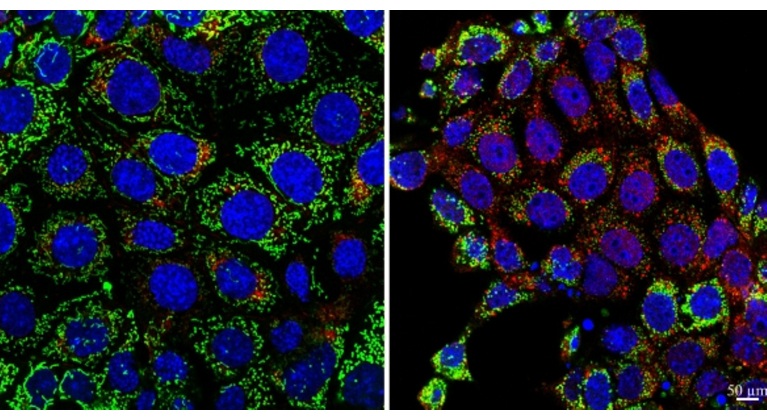
Mitochondrial DNA Mutations from Kidney Stressors Could Predict Future Organ Decline
Kidney-related diseases are alarmingly common: chronic kidney disease (CKD) affects more than one in seven U.S. adults, while about 20% of hospitalized adults are diagnosed with acute kidney injury (AKI).... Read moreHematology
view channel
Viscoelastic Testing Could Improve Treatment of Maternal Hemorrhage
Postpartum hemorrhage, severe bleeding after childbirth, remains one of the leading causes of maternal mortality worldwide, yet many of these deaths are preventable. Standard care can be hindered by delays... Read more
Pioneering Model Measures Radiation Exposure in Blood for Precise Cancer Treatments
Scientists have long focused on protecting organs near tumors during radiotherapy, but blood — a vital, circulating tissue — has largely been excluded from dose calculations. Each blood cell passing through... Read more
Platelets Could Improve Early and Minimally Invasive Detection of Cancer
Platelets are widely recognized for their role in blood clotting and scab formation, but they also play a crucial role in immune defense by detecting pathogens and recruiting immune cells.... Read more
Portable and Disposable Device Obtains Platelet-Rich Plasma Without Complex Equipment
Platelet-rich plasma (PRP) plays a crucial role in regenerative medicine due to its ability to accelerate healing and repair tissue. However, obtaining PRP traditionally requires expensive centrifugation... Read moreImmunology
view channel
Molecular Microscope Diagnostic System Assesses Lung Transplant Rejection
Lung transplant recipients face a significant risk of rejection and often require routine biopsies to monitor graft health, yet assessing the same biopsy sample can be highly inconsistent among pathologists.... Read more
Blood Test Tracks Treatment Resistance in High-Grade Serous Ovarian Cancer
High-grade serous ovarian cancer (HGSOC) is often diagnosed at an advanced stage because it spreads microscopically throughout the abdomen, and although initial surgery and chemotherapy can work, most... Read more
Luminescent Probe Measures Immune Cell Activity in Real Time
The human immune system plays a vital role in defending against disease, but its activity must be precisely monitored to ensure effective treatment in cancer therapy, autoimmune disorders, and organ transplants.... Read more
Blood-Based Immune Cell Signatures Could Guide Treatment Decisions for Critically Ill Patients
When a patient enters the emergency department in critical condition, clinicians must rapidly decide whether the patient has an infection, whether it is bacterial or viral, and whether immediate treatment... Read moreMicrobiology
view channel
Fast Noninvasive Bedside Test Uses Sugar Fingerprint to Detect Fungal Infections
Candida bloodstream infections are a growing global health threat, causing an estimated 6 million cases and 3.8 million deaths annually. Hospitals are particularly vulnerable, as weakened patients after... Read more
Rapid Sepsis Diagnostic Device to Enable Personalized Critical Care for ICU Patients
Sepsis is a life-threatening condition that occurs when the body’s response to infection spirals out of control, damaging organs and leading to critical illness. Patients often arrive at intensive care... Read morePathology
view channel
AI-Powered Method Combines Blood Data to Accurately Measure Biological Age
Chronological age tells us how many years we’ve lived, but not how quickly our bodies are ageing. Some people stay healthy well into their 80s or 90s, while others experience decline much earlier.... Read more
AI Tool Detects Cancer in Blood Samples In 10 Minutes
Detecting cancer recurrence or spread often depends on identifying rare tumor cells circulating in the bloodstream — a process known as a liquid biopsy. However, current methods rely on trained specialists... Read moreTechnology
view channel
Viral Biosensor Test Simultaneously Detects Hepatitis and HIV
Globally, over 300 million people live with Hepatitis B and C, and 40 million with HIV, according to WHO estimates. Diagnosing bloodborne viruses such as HIV and Hepatitis B and C remains challenging in... Read more







 Analyzer.jpg)








